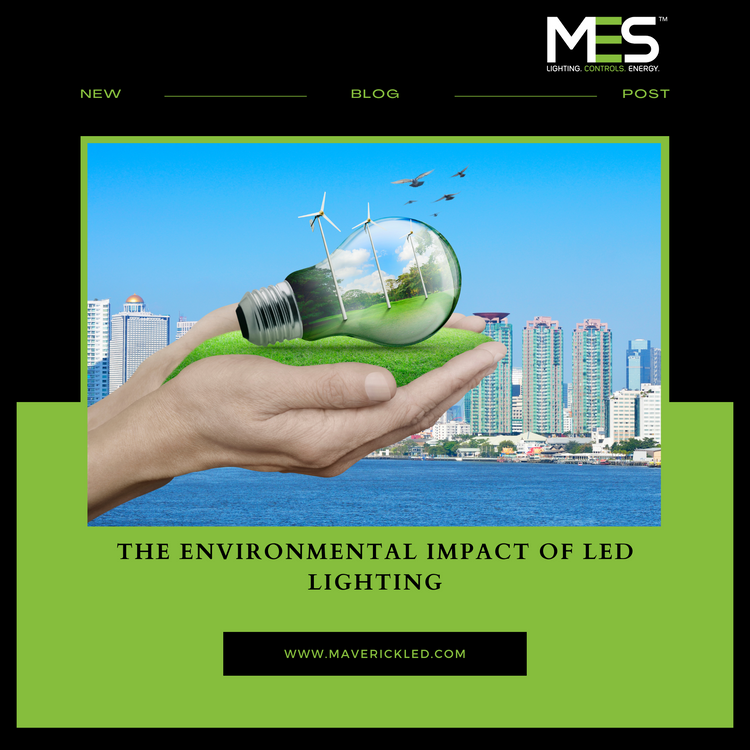In today's world, where environmental concerns are at the forefront of our minds, making sustainable choices has become imperative. LED lighting is one such choice that has been gaining popularity due to its remarkable environmental benefits. At Maverick Energy Solutions (MES), we believe in the power of sustainable solutions, and LED lighting aligns perfectly with our mission.
- Energy Efficiency: LED lights are incredibly energy-efficient, consuming up to 80% less energy than traditional incandescent bulbs. This translates into reduced greenhouse gas emissions and a smaller carbon footprint.
- Longevity: LED bulbs have an impressively long lifespan, lasting up to 25,000 hours or more. This not only reduces the frequency of replacements but also decreases the amount of waste going to landfills.
- Reduced Toxic Elements: Unlike older lighting technologies, LEDs contain no hazardous materials like mercury. This means fewer toxins released into the environment when disposed of.
- Lower Heat Emissions: LED lights emit very little heat compared to incandescent bulbs, which can help reduce the energy required for cooling in homes and commercial spaces.
- Minimal Light Pollution: LED lighting can be directed more precisely, reducing light spill and preventing unnecessary light pollution, which has harmful effects on both wildlife and humans.
- Sustainable Manufacturing: LED lights are manufactured with a focus on sustainability, often utilizing recyclable materials and eco-friendly production processes.
By choosing LED lighting, individuals and businesses can make a significant contribution to environmental conservation. At MES, we are committed to providing eco-friendly lighting solutions that not only save energy and money but also protect our planet for future generations. Join us in making the switch to LED lighting and illuminate a brighter, more sustainable future for all.



